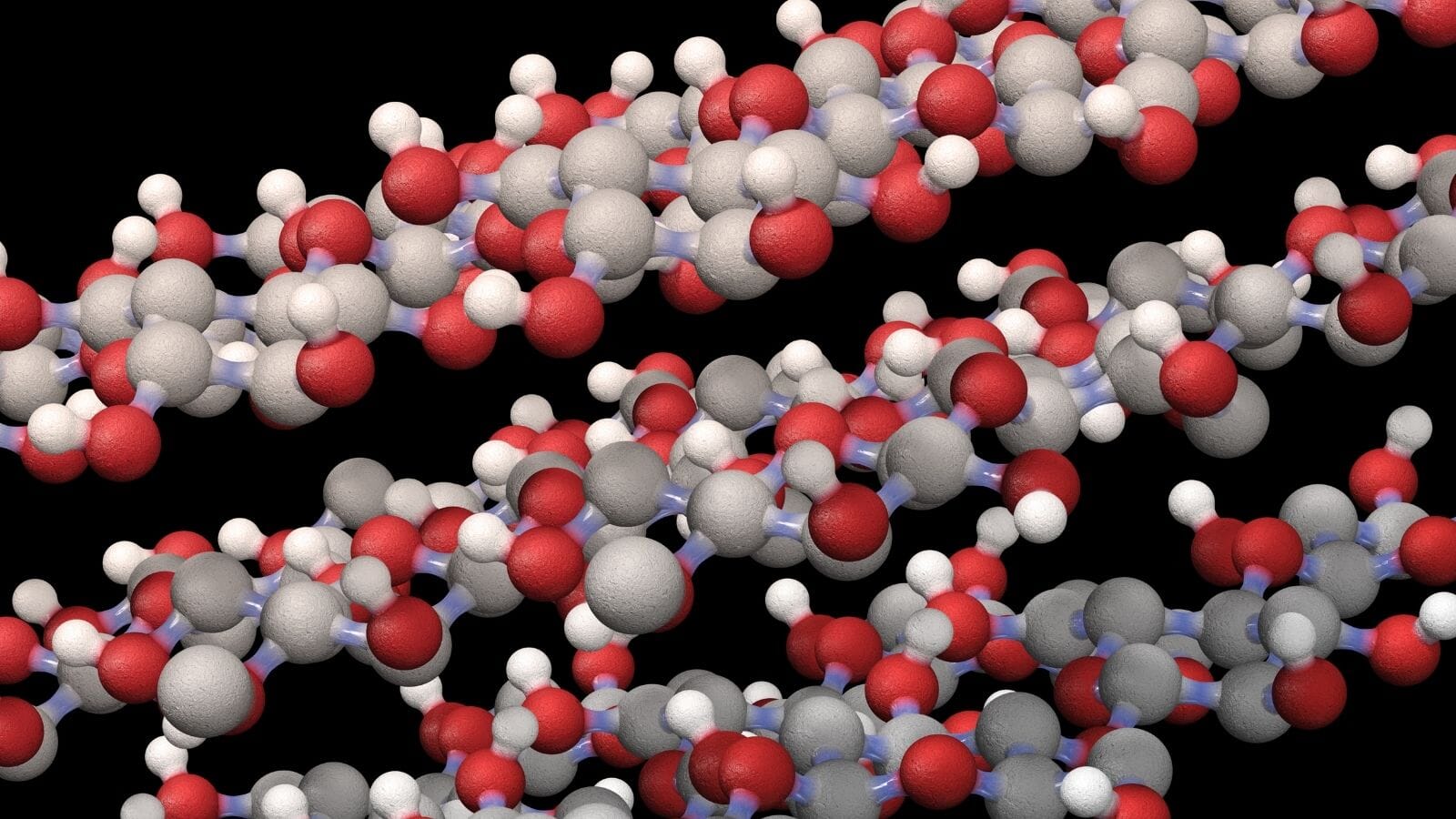
Webinar
Can Bio-Based Plastics Scale Sustainably?
18th April 2023
A project team of four Master of Environmental Management students at the Duke University Nicholas School of the Environment has partnered with TDi Sustainability to explore the challenges facing the scaling of bio-based plastics and assess the potential for the sustainable scaling of bioplastics production.
Panellist

Graham Lee
TDi Sustainability

Patrice Barnett
Duke University’s Nicholas School of the Environment
Key Topics:
- Upscaling of bio-based plastics
- Learnings from the team’s findings
- Insights on the potential upscaling of bioplastics with sustainability at the core
Watch the webinar recording
Need more information?
Read the transcript
Download
"*" indicates required fields
